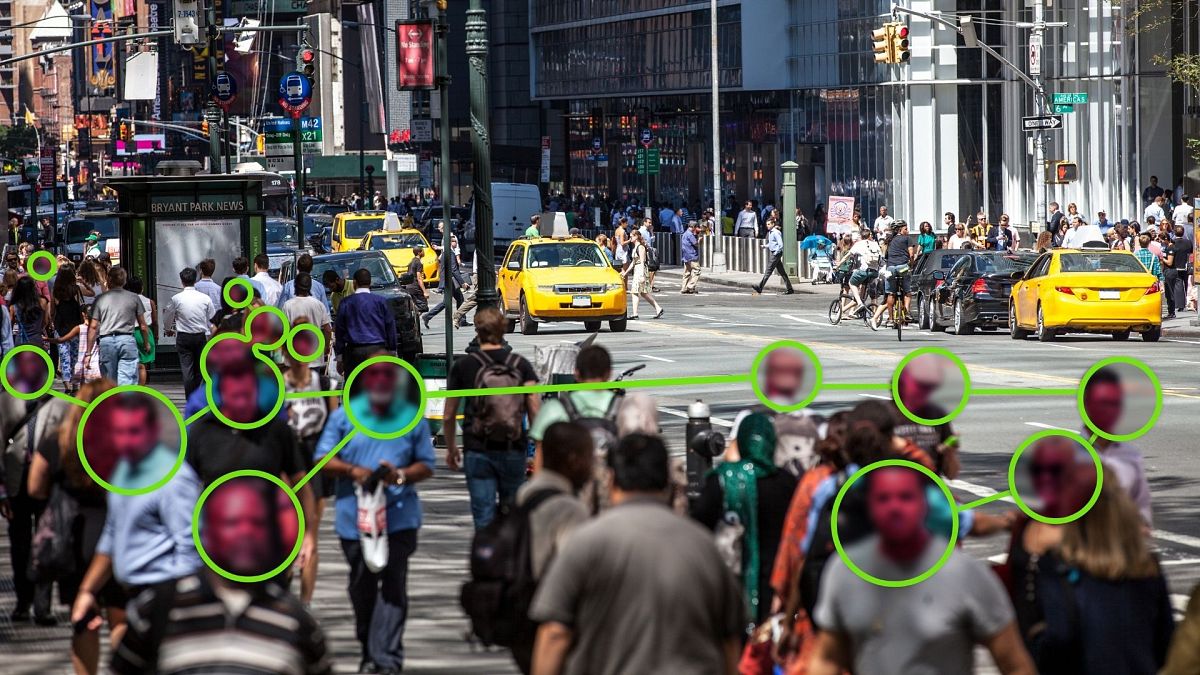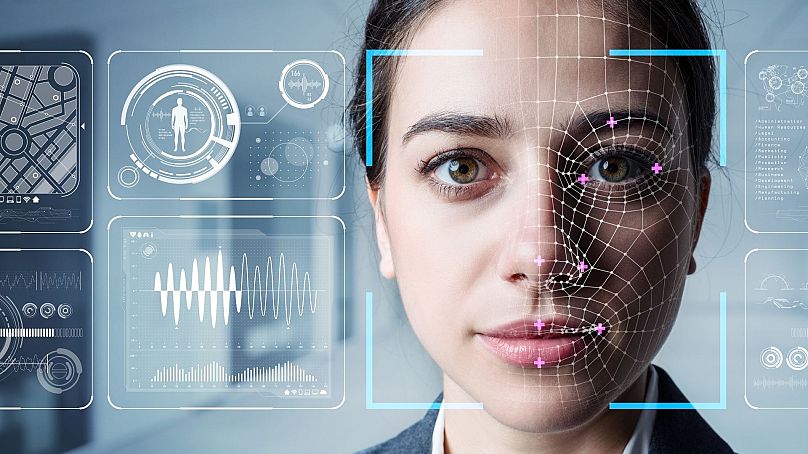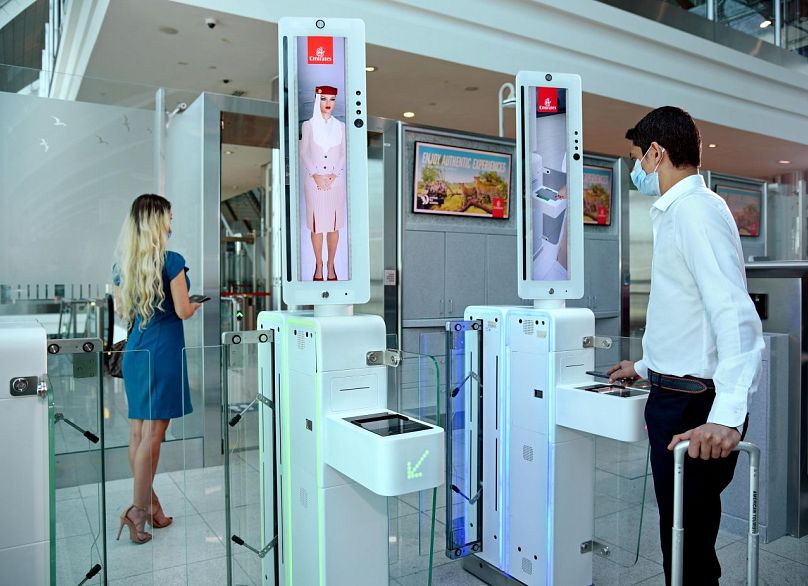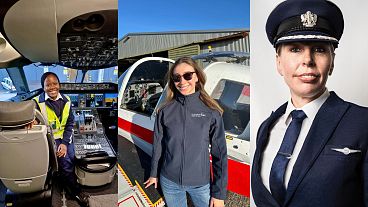Seamless biometric technologies are the future, according to one travel expert.
Jeff Lennon is the Vice President in Strategic Sales and Global Partnerships at Portugese tech company Vision-Box. Here he explains what 'seamless biometric technologies' are and why they will change the future of travel.
After COVID-19 completely closed travel in 2020, 2021 was meant to be the year of the great recovery – and in many ways it was. The industry slowly but steadily started showing signs of improvement, empowered by mass vaccinations, COVID travel tests and consumer appetite for once again exploring the outdoors.
The pandemic has forever altered the way the travel sector and people operate. No longer is it about spontaneity, but about careful planning, precautions, painful paperwork and navigating ever-changing rules and regulations.
Despite the increase in bureaucracy and red tape, the measures ultimately laid the framework for the industry’s recovery. If 2021 was the year of the great revival, 2022 is to finally be about the age of smart travel.
The world has also come to terms with the reality of COVID-19 - while vaccinations offer protection, a threat of breakout variants like the Omicron is still there.
Therefore, we will likely continue with the hassles of additional documentation of tests, vaccine certificates and mandatory quarantines well into 2022. However, this does not mean the industry has to reel under the pressures of congestion and slow processing times.
Airports, airlines, and transport hubs can demonstrate further resilience by implementing technological innovation to overcome these challenges, sustained by creative economic scenarios for faster return on investment.
Tech innovation will revive the travel sector
Some airports and airlines have been quick to realise the need to deliver a customer-centric approach, accelerating investments into biometric and contactless solutions despite the economic downturn due to COVID.
Airlines, such as Emirates and AirAsia, or airports, such as Mexico Felipe Ángeles International Airport, Kuala Lumpur International in Malaysia, and Lisbon ANA/Vinci Airport are ahead of the market in investing in seamless biometric technologies.
These biometric identification technologies hold the key to delivering contactless experiences where travellers can simply walk through a series of touchpoints without the need to physically interact with human operators, i.e. their face becomes their passport.
All these airports implemented tools like the Orchestra™ platform - a digital identity management platform developed by Vision-Box for connecting multiple stakeholders around the traveller journey, enhancing security, customer experience and operational efficiency.
During the pandemic, the Orchestra™ platform enabled passengers to be safely processed and socially distant from the border control / airline officials. By offering these handy solutions, these airports have weathered the COVID-19 pandemic far better than the rest.
A stress-free and safe airport experience
Central to these investments is the fundamental idea that a passenger needs to have an easy, stress-free experience without having to repeatedly physically present multiple travel documents – right from home check-in up to destination.
There should be a direct association between passenger locator forms of any country, the passenger’s vaccination information, and any tests that may apply. By associating health credentials with the traveller’s identity, system agility will increase and enable the use of digital travel wallets, while going through consistent automated checks. This would enable further usage of the existing investments made in automated border control solutions around the globe.
For airports, border control agencies and airlines, Digital ID wallets present an opportunity to eliminate paperwork, and integrate all relevant passenger information into a privacy-first secured single digital profile - including identity documents, biometrics, travel authorisation, COVID-19 test results and vaccine certificates.
The opportunities here are immense – both in reducing person-to-person contact, in effectively managing evolving checks on travel credentials, and in preventing crowded hotspots to maximise each square metre for a fluid process.
2022 will be a definitive point in the industry – a new era of travel that redefines how we interact with people, machines and the surroundings. The most successful governments, airports and airlines will measure their impact by how less intrusive they are to passengers, while increasing the quality of security and safety standards.






